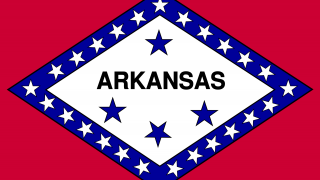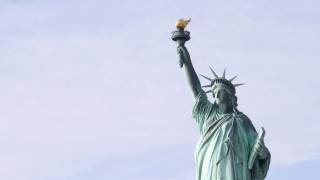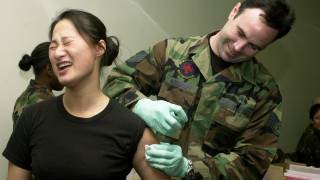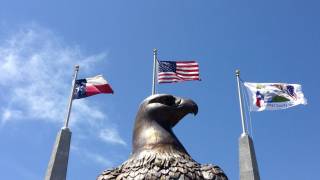1,000 Mumps Cases Reported By Hawaii Health Department
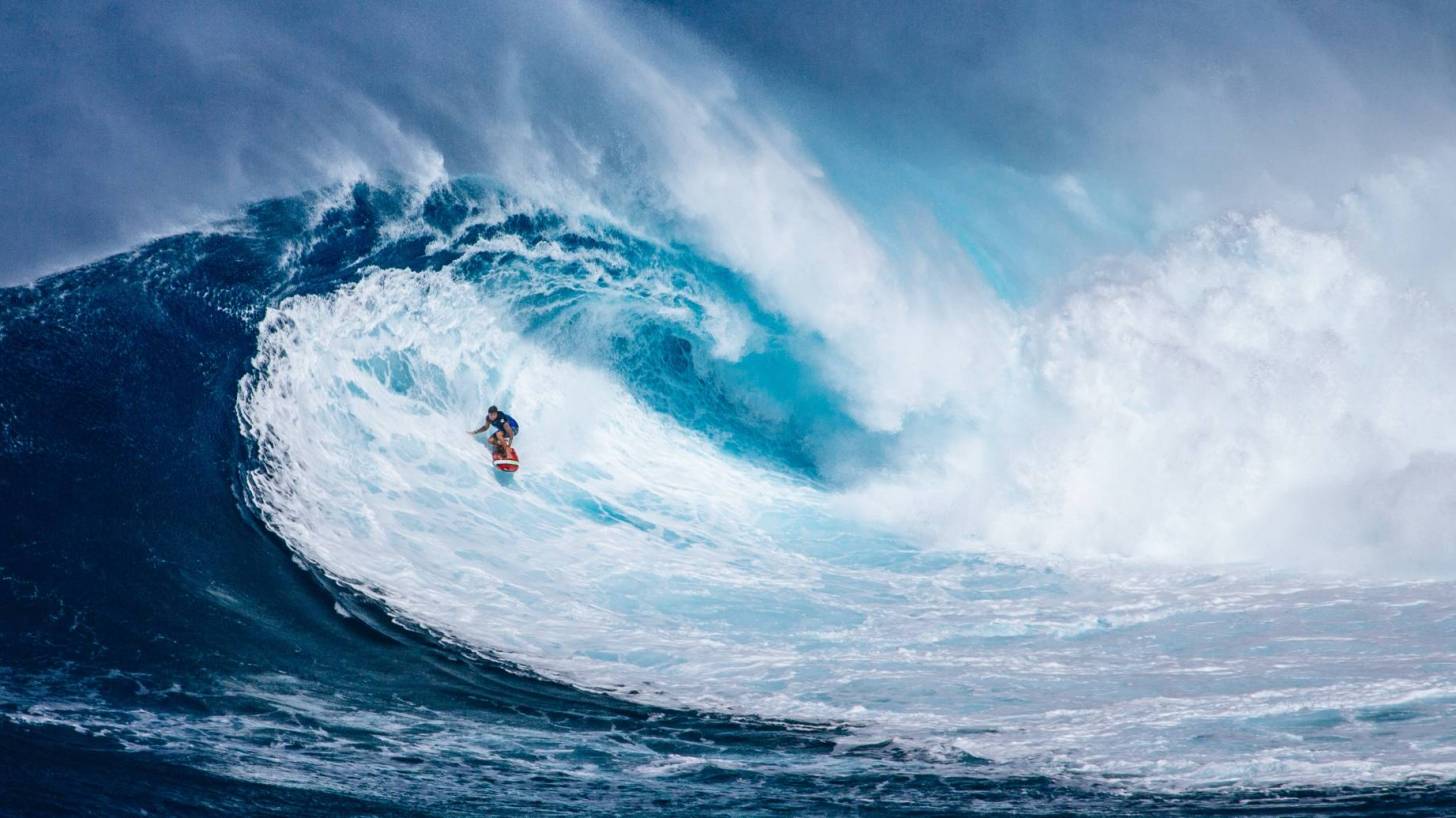
The Hawaii Health of Department (DOH) has updated its alert regarding the largest mumps outbreak in the islands in decades.
According to a June 21, 2018, DOH report, the number of confirmed mumps cases has reached 1,000.
This is an increase of 230 mumps cases since the January 2018 update.
The case count by county:
- Honolulu: 810
- Hawaii: 134
- Kauai: 49
- Maui: 7
From January 1 to April 21, 2018, 45 states and the District of Columbia. reported mumps infections in 923 people to the Centers for Disease Control and Prevention (CDC).
This data indicates the Hawaii Islands are the dominant location in the USA for mumps in 2018.
During this mumps outbreak in Hawaii, the DOH says ‘in addition to the routine vaccination recommendations, adolescents (aged 10-19 years) and adults (born in 1957 or later) should receive an additional MMR vaccine dose.
A March 2018 study reported a 3rd mumps vaccination may be needed.
This study from the Harvard T.H. Chan School of Public Health school found that vaccine-derived immune protection against mumps persists an average of about 27 years after the last dose.
These researchers estimated that 25 percent of people in the U.S. vaccinated against mumps may lose protection within 7.9 years, 50 percent within 19 years, and 75 percent within 38 years.
The outbreak dose of MMR vaccine is recommended, regardless of:
- Previous age-appropriate vaccination; or
- Documentation of a blood test showing immunity to mumps.
Mumps outbreaks can still occur in highly vaccinated U.S. communities, particularly in close-contact settings. In recent years, outbreaks have occurred in schools, colleges, and camps.
Previous mumps outbreaks in the USA include, but is not limited to the following:
- In 2016-17, a large outbreak in a close-knit community in northwest Arkansas resulted in nearly 3,000 cases.
- In 2015-16*, outbreaks were reported from several university campuses, including a number of smaller outbreaks with limited spread. The two largest outbreaks were from Iowa and Illinois, each involving several hundred university students; both held wide-scale vaccination campaigns.
- In 2014, several outbreaks affiliated with universities were reported from multiple states, including one community outbreak in Ohio linked to a university that involved over 400 people, and an outbreak affecting the National Hockey League.
Mumps is a contagious disease caused by a virus. The mumps virus spreads through saliva and other fluids from the mouth, nose, or throat.
An infected person can spread the virus by coughing, sneezing, or talking, and sharing items, such as cups or eating utensils, with others, and touching objects or surfaces with unwashed hands that are then touched by others.
MMR vaccine doses should be separated by at least 4 weeks. A person should receive no more than 3 doses of mumps-containing vaccine.
MMR-II and ProQuad vaccines both contain the protection for mumps, as well as protection against measles and rubella. ProQuad additionally protects against varicella.
Most pharmacies offer MMR vaccination services.
This Hawaii MMR Vaccine Locator highlights various venues to obtain the MMR vaccine.
The CDC Vaccine Price List provides private sector vaccine prices for general information. Vaccine discounts can be found here.
Our Trust Standards: Medical Advisory Committee











